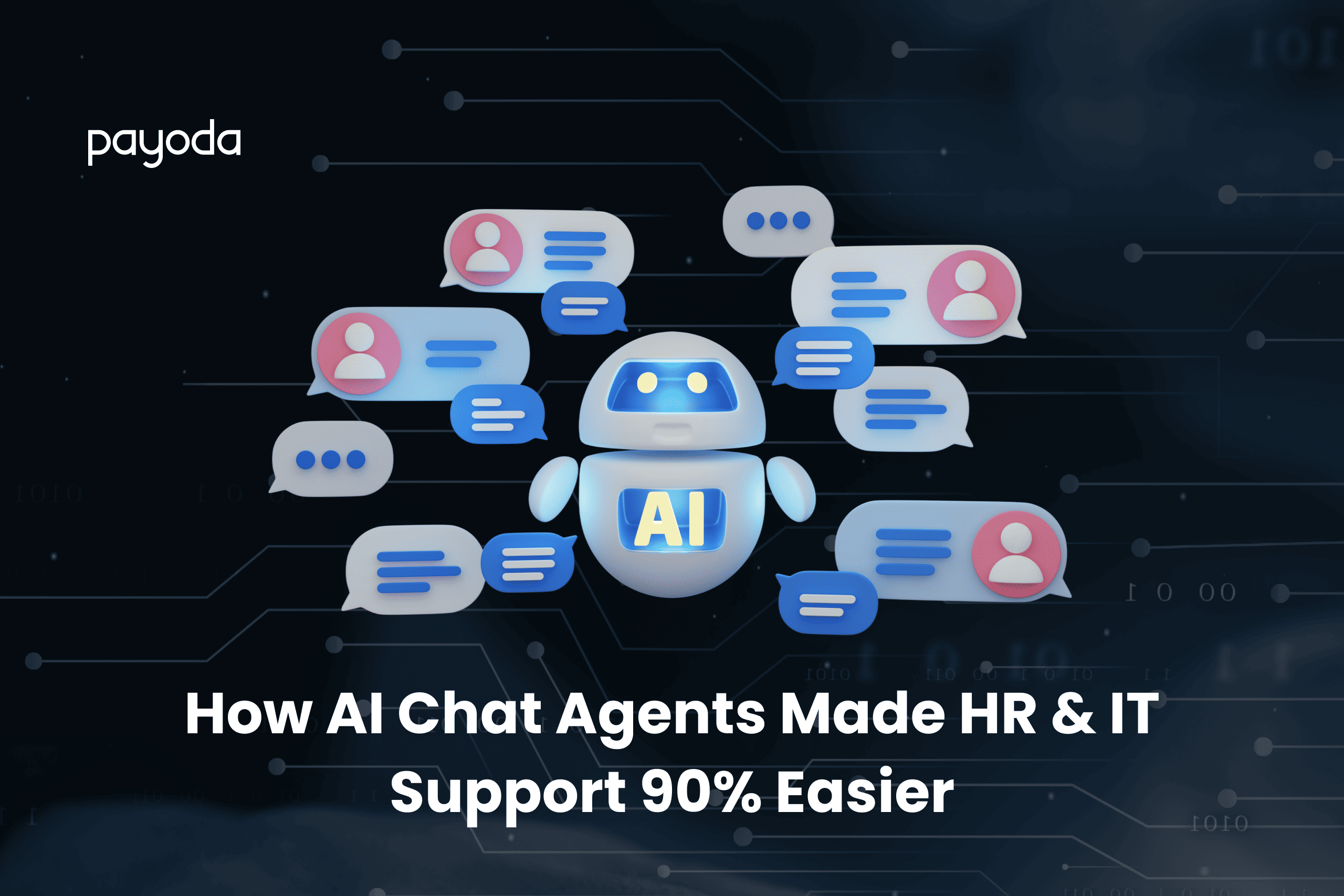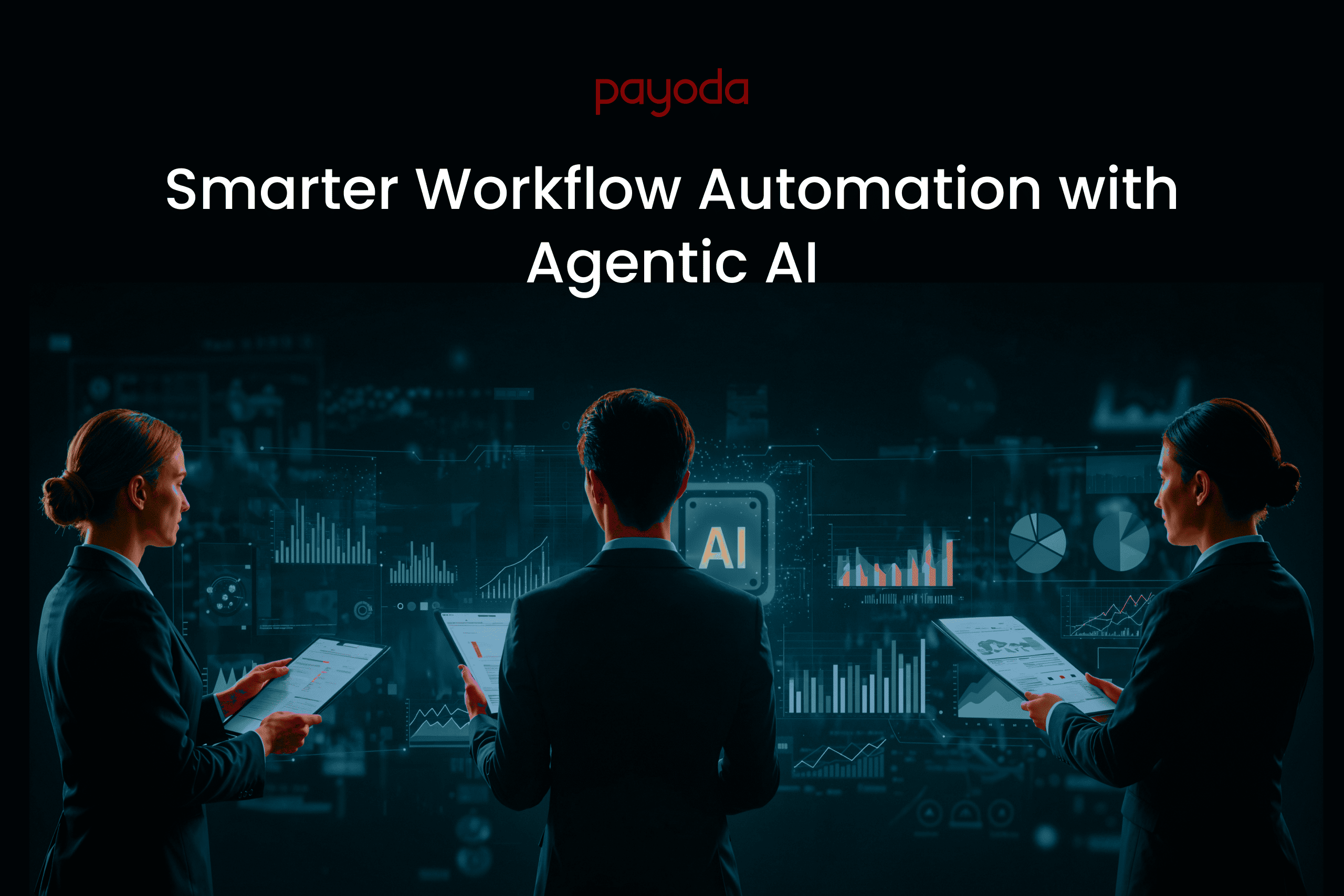The world, in its current state, is driven by data. Most organizations generate and own vast amounts of data. This enormous reservoir of information holds the potential to revolutionize the way businesses operate, make decisions, and interact with their customers. However, raw data alone is of limited value; the real power lies in the ability to extract actionable insights from it. This is where data science teams come into play, armed with a mighty arsenal of advanced analytics techniques. In this blog, we will explore how data science teams harness advanced analytics to drive business growth, make informed decisions, and gain a competitive edge.

Before diving into how data science teams use advanced analytics, let’s clarify what advanced analytics means. Advanced analytics encompasses a range of techniques and methodologies that go beyond basic descriptive statistics. It includes predictive analytics, prescriptive analytics, and machine learning, among other approaches. These techniques allow organizations to analyze historical data, make predictions about future events, and prescribe actions to achieve desired outcomes.
Let’s explore how data science teams make use of advanced analytics now:
Data science teams employ advanced analytics techniques in the data exploration and preprocessing stage to ensure that the data is clean, structured, and ready for further analysis.
Let’s explore how advanced analytics is used in this context with an example:
Example: Fraud Detection in Financial Transactions
Imagine a financial institution that wants to detect fraudulent transactions in its credit card data. Here’s how advanced analytics is applied in data exploration and preprocessing:
- Data Collection: The financial institution collects transaction data, including transaction timestamps, transaction amounts, merchant information, and cardholder details.
- Data Cleaning: Advanced analytics tools are used to identify and handle missing data. For instance, missing values in transaction timestamps may be imputed using advanced techniques like time series imputation based on previous transaction patterns.
- Outlier Detection: Advanced analytics methods such as clustering and density estimation are employed to detect outliers in transaction amounts. Unusual transactions, potentially indicating fraud, can be flagged for further investigation.
- Handling Imbalanced Data: In fraud detection, where fraudulent transactions are rare, advanced analytics techniques like cost-sensitive learning or anomaly detection models are used to address class imbalance effectively.
- Data Validation: Advanced analytics can help identify data inconsistencies or discrepancies by comparing the dataset against predefined rules or domain-specific constraints.
In this example, advanced analytics techniques are crucial in the initial data exploration and preprocessing stages. They enable the identification of potential fraudulent patterns, handle data quality issues, and prepare the dataset for further modelling and analysis. Ultimately, this advanced analytics-driven approach helps financial institutions detect and prevent fraudulent transactions, safeguarding both their assets and their customers’ economic security.
Software product testing may be broadly classified into many test types:
Advanced analytics plays a pivotal role in enhancing the effectiveness and accuracy of predictive modelling. Predictive modelling involves creating models that make predictions based on historical data. Here’s how advanced analytics is used in predictive modelling, with an example
Example: Customer Churn Prediction for a Telecom Company
Imagine a telecom company that wants to reduce customer churn by identifying customers at risk of leaving. They have a dataset containing customer information, usage patterns, and churn history. Here’s how advanced analytics is applied in predictive modelling for this scenario:
- Data Collection and Preprocessing: Data scientists gather and preprocess customer data, clean it, handle missing values, and encode categorical variables using advanced techniques like one-hot encoding or target encoding.
- Feature Engineering: Advanced analytics methods are used to create new features that capture relevant information. For instance, features like “average call duration,” “number of customer service calls,” or “billing cycle consistency” can be derived from the raw data.
- Exploratory Data Analysis (EDA): Advanced analytics tools help in exploring the dataset visually and statistically. Techniques like correlation matrices, box plots, and dimensionality reduction techniques like t-SNE or PCA can reveal insights about the data.
- Data Splitting: Training and validation sets of data are created. Advanced analytics offers cross-validation techniques to enable accurate model performance evaluation.
- Model Selection: Data scientists experiment with various advanced analytics algorithms, including logistic regression, decision trees, random forests, gradient boosting, and neural networks, to identify the most suitable model for predicting churn.
- Imbalanced Data Handling: Advanced analytics methods, such as oversampling, undersampling, or the use of cost-sensitive learning techniques, address class imbalance if the churned customers are a minority class.
In this example, advanced analytics techniques are integrated throughout the predictive modelling process, allowing the telecom company to identify customers at risk of leaving and take proactive steps to retain them. This data-driven approach helps reduce customer churn and improve customer satisfaction, ultimately benefiting the company’s bottom line.

Advanced analytics is instrumental in anomaly detection, helping organizations identify unusual patterns or outliers in their data. This process is crucial for various applications, including fraud detection, network security, and equipment maintenance. Let’s explore how advanced analytics is used in anomaly detection, along with an example:
Example: Anomaly Detection in Credit Card Transactions
Imagine a financial institution, FinBank, that wants to detect fraudulent credit card transactions to protect its customers from unauthorized charges. Here’s how advanced analytics is applied in this context:
- Data Collection: FinBank collects data on credit card transactions, including transaction amounts, merchant information, timestamps, and customer details.
- Data Preprocessing: Advanced analytics techniques are used to preprocess the data, handling missing values, encoding categorical variables, and scaling features as necessary.
- Feature Engineering: Advanced analytics methods are applied to create new features that capture relevant information. For instance, features like “transaction frequency,” “average transaction amount,” or “time between transactions” can be derived from the data.
- Unsupervised Learning: FinBank employs advanced unsupervised learning techniques, such as clustering or density estimation, to identify regular patterns in credit card transactions. Standard methods include Gaussian Mixture Models (GMM) or Isolation Forests.
- Threshold Determination: Advanced analytics assists in setting anomaly detection thresholds. Thresholds can be determined using statistical methods, such as the mean and standard deviation of regular data points, or advanced techniques like the Minimum Covariance Determinant (MCD) for robust threshold estimation.
In this example, advanced analytics empowers FinBank to detect fraudulent credit card transactions efficiently. By applying unsupervised learning techniques and leveraging advanced methods for threshold determination, the bank can proactively identify anomalies indicative of fraud. This approach protects both the institution and its customers, ultimately leading to increased security and trust in their financial services.
Download Similar Case Study,
Advanced analytics is a cornerstone of Natural Language Processing (NLP), enabling the extraction of insights and knowledge from text data. NLP, a field of artificial intelligence, deals with the interaction between humans and computers using natural language. Here’s how advanced analytics is applied in NLP, along with an example:
Example: Sentiment Analysis for Social Media Sentiments
Imagine a social media analytics company, SocioInsights, that specializes in monitoring and analyzing public sentiment about brands and products on social media platforms. They want to provide businesses with valuable insights by performing sentiment analysis on a vast amount of social media text data. Here’s how advanced analytics is used in this NLP example:
- Data Collection: SocioInsights collects a massive amount of social media posts and comments related to a specific brand or product using APIs and web scraping.
- Sentiment Analysis Model: Data scientists at SocioInsights employ advanced analytics algorithms, such as recurrent neural networks (RNNs), convolutional neural networks (CNNs), or transformer-based models like BERT, to perform sentiment analysis. These models learn to classify text as positive, negative, or neutral based on the vectorized text data.
- Model Training: The sentiment analysis model is trained on a labelled dataset containing examples of social media posts with assigned sentiment labels (e.g., “positive,” “negative,” and “neutral”). Transfer learning, fine-tuning pre-trained language models, is often used to improve model performance.
- Evaluation Metrics: Advanced evaluation metrics such as accuracy, precision, recall, F1-score, or the area under the Receiver Operating Characteristic (ROC-AUC) curve are employed to assess the model’s performance in classifying sentiment accurately.
- Alerting and Reporting: SocioInsights uses advanced analytics to develop alerting systems that notify businesses in real time when there are significant changes in sentiment towards their brand or product on social media.
- Feedback Loop: Feedback from businesses and users is used to refine and improve the sentiment analysis model continuously. Advanced analytics techniques help adapt the model to evolving language patterns and contexts.
In this example, advanced analytics techniques in NLP enable SocioInsights to provide actionable insights to businesses by analyzing the sentiment expressed on social media platforms.
Final Thoughts
Data science teams’ use of advanced analytics has become a fundamental and transformative force in today’s data-driven world. Advanced analytics techniques empower organizations to extract deeper insights, make more accurate predictions, and solve complex problems across various domains.
Empower your organization with Payoda’s cutting-edge data science capabilities. From predictive modeling to deep learning, our team leverages advanced analytics techniques to drive transformative outcomes in today’s data-driven landscape.
Talk to our solutions expert today.
Our digital world changes every day, every minute, and every second - stay updated.









